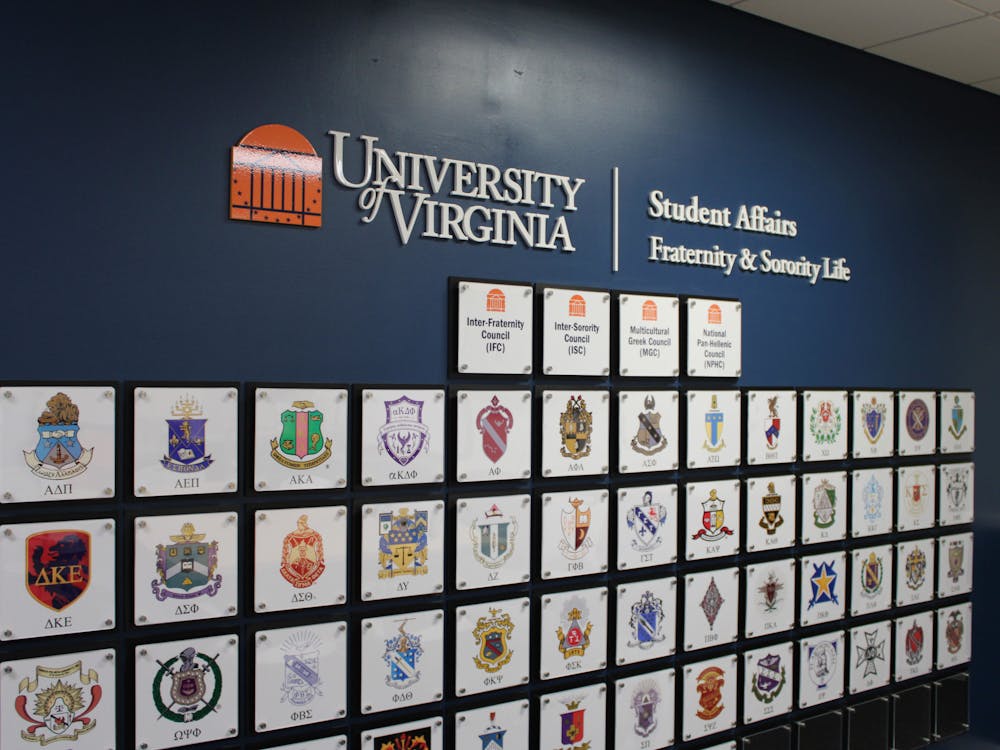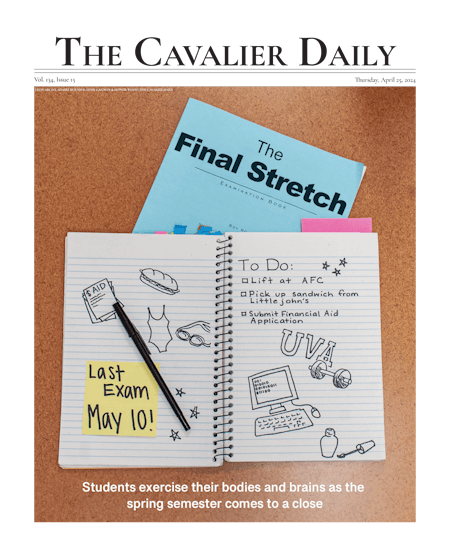As Student Council reimagines itself as the central hub for student organizations, it should pay close attention to its comparative advantage. Instead of trying to address every problem and debate every resolution, Council should focus on what it does well -- facilitating interaction between students and organizations.
Reforming Student Council should be a two-step process. First, Council needs to divest itself gradually of activities accomplished better and more efficiently by other organizations. Then Council should assume new roles to which it is uniquely suited.
At William & Mary, for instance, students can use the Programming Resource Center to print posters and flyers to promote upcoming meetings or concerts or rallies, etc. Originally built for resident staff, the center has large-scale printers and piles of bulletin boards, specialty paper and stencils for anyone to use. More importantly, a full-time staff is available to consult with organizations. It centralizes something that nearly every student organization needs. Here is an example of the sort of coordination Student Council can lead.
Council could expand the Student Activities Center to create a central place where student organizations could get not just advice and meeting space, but professional materials they need to advertise upcoming events. This would not only help organizations trying to increase awareness, it would alleviate the burden on Council to help groups individually. When Council reconsiders space allotment in Newcomb Hall, as Student Council President Lauren Tilton says it will do this semester, this might be something worth bearing in mind.
Tilton's proposal to improve the University bus system exemplifies the proper role of Council. Over the next several months, Tilton plans to consult with the University Transit Service to reform the bus system -- provide more stops, quicker service and GPS tracking devices that let students know when to expect an approaching bus. Rather than occupying days debating a resolution supporting better bus systems, Tilton's proposal uses Council to coordinate the needs of students and the capabilities of an organization that can help. This is the sort of function Council is best suited to perform, because no other organization has such extensive knowledge of the University infrastructure combined with the resources needed to survey student opinion.
As long as Council continues to equate success with a shiny product -- the most recent example being the wholly useless LCD screens perched in awkward corners of Newcomb Hall -- it will continue to fall short of expectations. The easiest way for Council to meet expectations is to lower them or, more accurately, to change them. By concentrating on facilitating interorganizational communication, rather than the empty accomplishments of previous generations, Council can redefine its role within the University as no other organization can.
This will involve some restraint on the part of Council's executive board. Part of the responsibility of the executive board, which coordinates the activity of the representative body, involves wrangling the demands of individual representatives. Each of the more than 20 elected representatives enter into office with various interests and ideas, most of which run counter to the fundamental purpose of Council. It isn't the fault of individual representatives for having new ideas. Rather, it is the responsibility of the executive board to bear in mind Council's new role within the University community and to orient all future projects toward that purpose.




